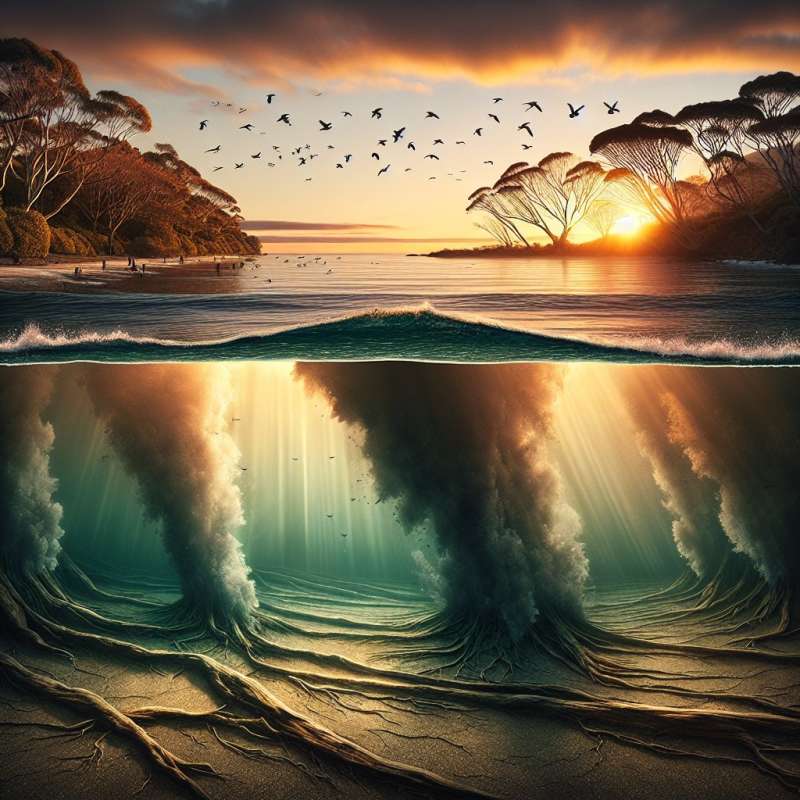
Earth's Tectonic Plates
The Earth's lithosphere is divided into several large and small tectonic plates. These plates float on the semi-fluid asthenosphere beneath them, constantly moving at a rate of a few centimeters per year.
Types of Plate Boundaries
Tectonic plate boundaries are categorized into three types: divergent, convergent, and transform. Each type dictates the nature of the interaction, such as creating rifts, forming mountains, or sliding past one another, respectively.
Plate Movement Causes Quakes
Earthquakes mainly occur near plate boundaries where stresses from plate movements are released. The energy released can travel as seismic waves, shaking the ground. The focus is the initial rupture point, with the epicenter directly above it on the surface.
Subduction Zones and Quakes
Subduction zones, where one plate dives under another, are capable of producing the most powerful earthquakes. These zones are responsible for the formation of deep ocean trenches and volcanic activity.
Predicting Seismic Events
While it's difficult to predict earthquakes accurately, studies of historical patterns and monitoring of stress accumulation on faults aid in forecasting potential seismic activity. Early warning systems can now alert areas seconds before shaking arrives.
Richter vs. Moment Magnitude
The Richter scale, once widely used, has been largely superseded by the Moment Magnitude Scale, which more accurately measures the energy released by large earthquakes that affect a broader area.
Earthquake Environmental Impact
Beyond human structures, earthquakes can trigger landslides, tsunamis, and changes in the Earth's rotation. The 2004 Indian Ocean earthquake slightly shortened Earth's day and shifted its axis, illustrating the planet-scale impact of tectonic movements.Surprising Plate Movement
The Pacific Plate moves 7 cm/year, faster than fingernails grow, making it the fastest tectonic plate on Earth.
What floats on the asthenosphere?
Tectonic plates
Continental crust
Oceanic ridges
Company